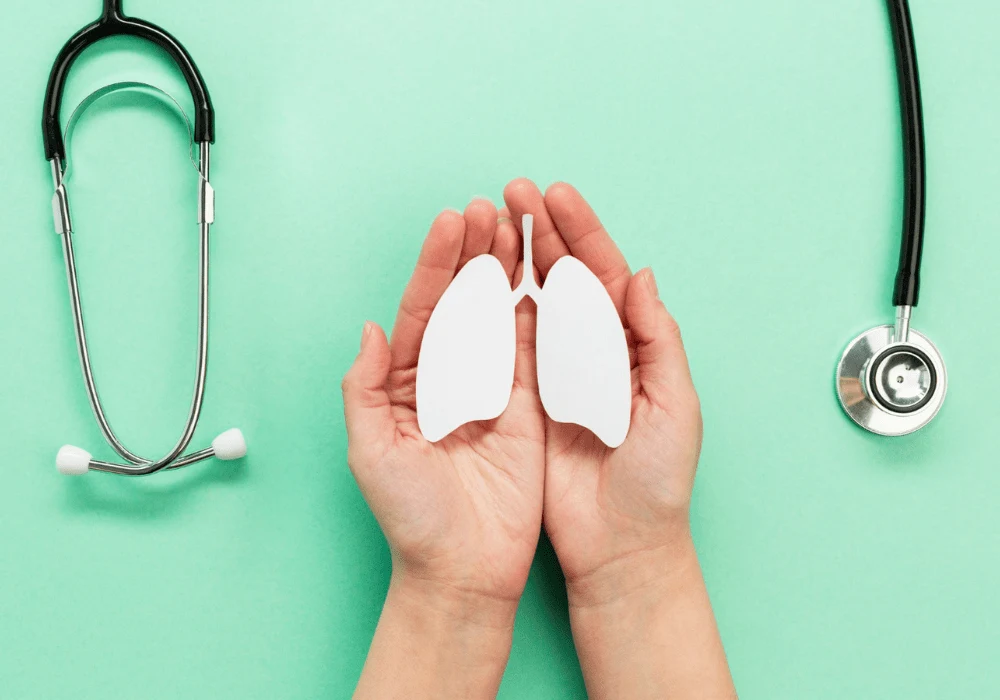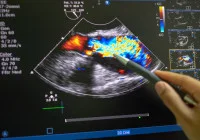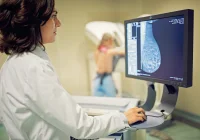Lung cancer screening (LCS) using low-dose computed tomography (CT) represents a critical opportunity for the early detection of disease, with the potential to reduce mortality through timely intervention. In the European Union alone, it is conservatively estimated that around 20% of adults aged 50 to 74 could be eligible for screening based on their smoking history. Even with a participation rate as low as 5%, this equates to more than 1.4 million procedures each year, and that figure doubles if annual screening is adopted. Given this scale, the standardisation of CT acquisition protocols is essential.
Currently, there are substantial variations in how these protocols are implemented across institutions and regions. Addressing these inconsistencies could bring significant benefits in terms of patient safety, diagnostic accuracy and resource efficiency. A concerted effort to survey and analyse current practices could provide the foundation for a more sustainable and effective approach to lung cancer screening.
Social Impact and the Case for Standardisation
The social dimension of sustainability in radiology focuses on the well-being of patients and the equitable provision of care. A central issue is the inconsistency in CT acquisition protocols used for lung cancer screening, which can result in varying levels of radiation exposure and diagnostic performance. By identifying and disseminating best practices through a structured survey, it becomes possible to protect participants from unnecessary radiation while enhancing the overall safety of the screening process.
Must Read: Non-Invasive Imaging for Lung Cancer Prediction
The success of the NELSON trial, which demonstrated a significant reduction in lung cancer mortality, highlights the importance of accurate, non-invasive diagnostic methods. In that trial, quantitative CT imaging was employed to assess nodule growth, reducing the reliance on invasive procedures and improving participant safety. This approach underscores the value of computational analysis and reinforces the need for consistent, high-quality imaging data. Standardised CT protocols will be crucial as computational techniques become increasingly central to the screening process, ensuring that all patients receive reliable and effective care regardless of their location.
Environmental and Economic Sustainability
The environmental benefits of optimised CT acquisition protocols lie primarily in the potential to reduce radiation exposure and, by extension, the energy requirements of imaging equipment. Lower radiation doses may decrease the power consumption of CT devices and contribute to the reduction of carbon emissions associated with their use. Furthermore, reducing operational strain on equipment could extend the lifespan of devices, thereby lessening the need for frequent replacements and associated environmental costs.
On the economic side, refining CT protocols supports cost-effectiveness in lung cancer screening. Efficient imaging techniques that maintain diagnostic accuracy while minimising resource use can reduce the overall burden on healthcare systems. Although radiation-related health risks in the context of low-dose screening are considered largely theoretical, lowering exposure remains a prudent strategy. Longer-term savings can also be found through the use of CT volumetry, which reduces the need for invasive follow-ups. However, a careful balance must be maintained between minimising radiation dose and preserving image resolution for accurate nodule monitoring. Cost-effectiveness has already been highlighted in guidance from the European Society of Radiology and the European Respiratory Society, which emphasise the importance of considering patient outcomes and societal impacts alongside direct healthcare costs.
Driving Scientific Progress through Collaborative Surveys
The implementation of a comprehensive survey to evaluate current CT acquisition protocols can provide essential data for scientific progress in medical imaging. Despite the growing use of low-dose CT in screening programmes, there remains a lack of detailed information on how protocols vary between institutions and regions. A cross-continental survey, as proposed by the authors, would address this gap, enabling the identification of technical and institutional factors influencing protocol selection and radiation exposure. This knowledge is vital for informing the development of new imaging technologies and reconstruction algorithms aimed at further dose reduction.
The findings may also support the expansion of CT’s diagnostic role to include assessments such as emphysema densitometry and coronary calcium scoring. Without standardised and optimised imaging practices, the integration of these additional diagnostic tools would be unfeasible. Moreover, consistent protocols are a prerequisite for the effective use of artificial intelligence in medical imaging, which relies on uniform data quality for accurate analysis. The SOLACE consortium has initiated this effort in Europe, and there are plans to extend the survey to screening centres in the United States. A longitudinal approach, with follow-up surveys conducted every few years, will allow researchers to monitor changes, assess the impact of interventions and identify emerging challenges, all while contributing to broader sustainability goals in radiology.
The drive to standardise CT acquisition protocols for lung cancer screening is motivated by a combination of clinical, environmental, economic and scientific considerations. Addressing the current inconsistencies across institutions can improve patient safety, reduce unnecessary radiation exposure and foster equitable access to high-quality screening. It can also support the sustainability of radiology services by decreasing energy consumption and equipment wear, while enhancing the cost-effectiveness of healthcare systems. Furthermore, the insights gained from a detailed survey of existing practices can guide the development of advanced imaging techniques and support the integration of artificial intelligence into clinical workflows.
With the SOLACE consortium leading this initiative and collaborating with organisations across Europe and North America, there is a clear opportunity to align lung cancer screening practices with the principles of sustainability and continuous improvement. The findings and best practices emerging from this work will help ensure that LCS evolves in a responsible, resource-efficient and patient-centred manner.
Source: Insights into Imaging
Image Credit: Freepik










